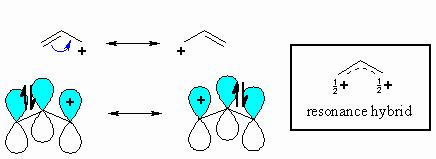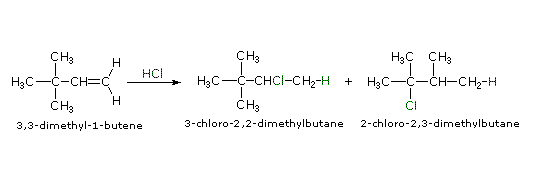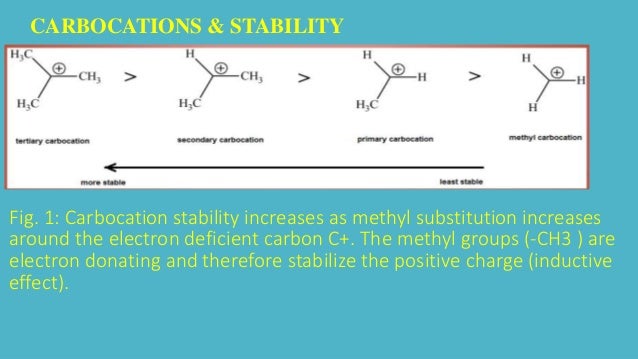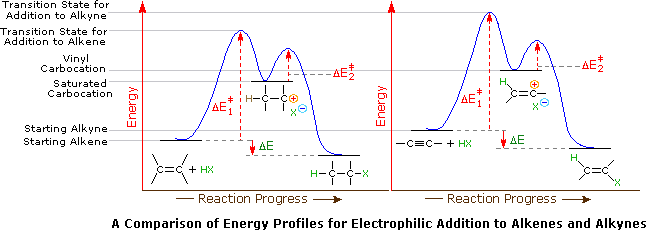Vinylic Carbocation Definition

Acid catalyzed hydration of phenyl acetylene a terminal alkyne involves a vinylic carbocation intermediate.
Vinylic carbocation definition. An allylic carbon is an sp3 carbon that is adjacent to a vinylic carbon. Formerly it was known as carbonium ion. Look at the figure below notice that in the alkyl carbocation on the left the cationic center is attached to an s p x 3 carbon whereas in the vinylic cation in the middle the cationic center is attached to a more electronegative s p x 2 carbon. The univalent hydrocarbon group ch 2 ch derived from ethylene.
For a positive center to be attached to a more electronegative group is destabilizing. In the absence of geometric constraints most substituted vinyl cations carry the formal positive charge on an sp hydridized carbon atom of linear geometry. A carbocation is a molecule in which a carbon atom has a positive charge and three bonds. Carbocation today is defined as any even electron cation that possesses a significant positive charge on the carbon atom.
In the first mechanism step the alkyne is protonated by hydronium ion a strong acid to produce a resonance stabilized secondary vinylic carbocation shown in red. Its empirical formula is c 2h 3. Any trivalent disubstituted carbon is generally a vinylic carbocation in which the carbon atom which is bearing the positive charge is found to be double bonded and will always exist as sp hybridized. A carbocation with a two coordinate positive carbon derived from formal removal of a hydride ion h from an alkene is known as a vinyl cation.
This carbocation is also a benzylic carbocation. We can basically say that they are carbon cations. The vinyl cation is a carbocation with the positive charge on an alkene carbon. Any of various compounds containing the vinyl group typically highly reactive easily polymerized and used as basic materials for plastics.











































